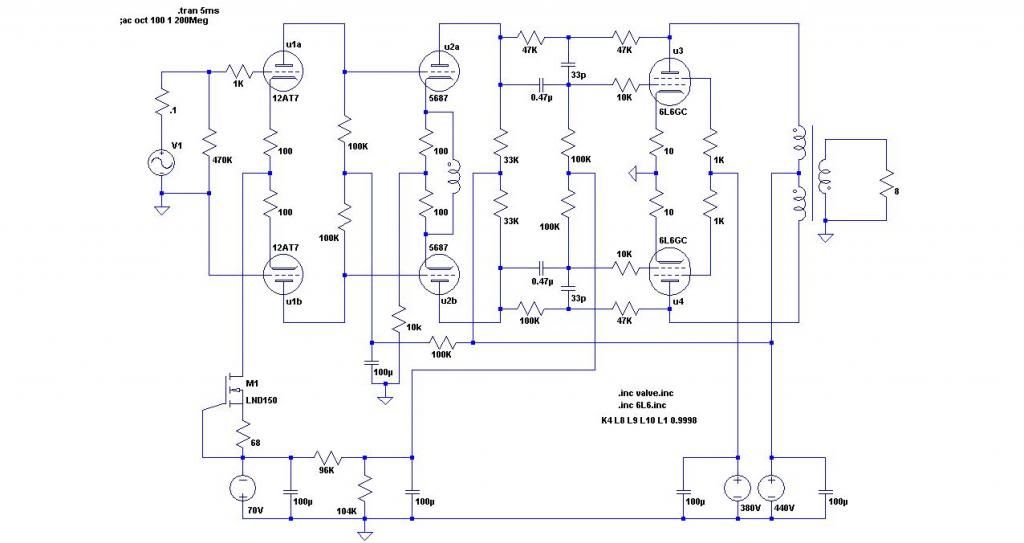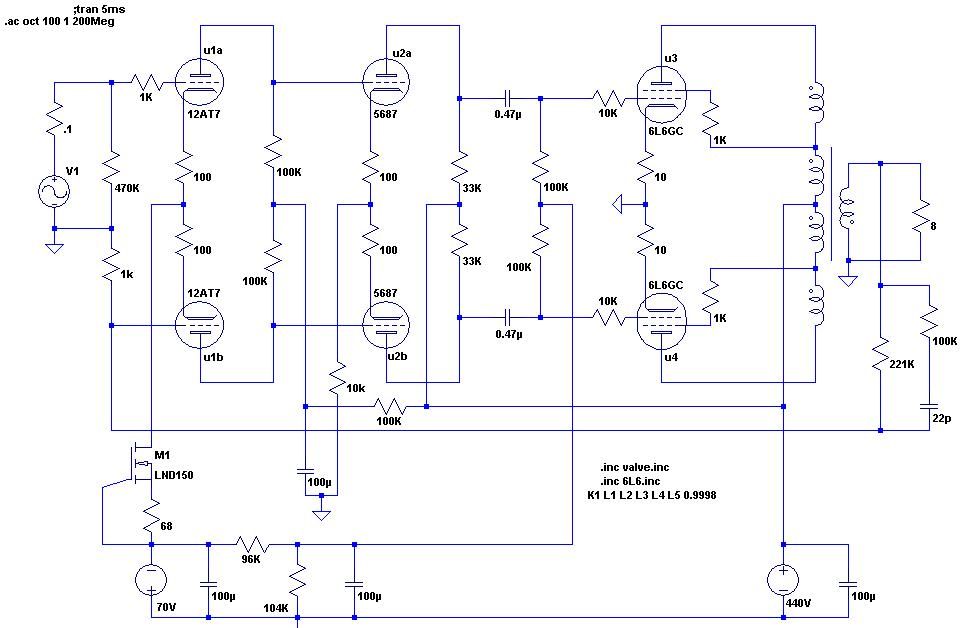letterbeacon
Well-known member
I didn't want to derail alexc's interesting thread over here about his DIY tube monitor amps, so I thought I'd start a new one.
I've been thinking about building a tube-based amp for my hifi, and I was looking at going down the usual clone route of the Western Electric 91a. However, over on the other thread there's a list of tube amps that were used in music studios in the days of old, and building one of those is quite tempting (just to be awkward and different!).
Is recreating one of these tube monitor amp designs worth it for a hifi set up? I'm drawn to them by the same indescribable urge that I have towards other 1950's kit, but are they designs that stand up to modern tube amp design, or even the WE 91a?
I'm slightly worried that no one really seems to build them, which makes me think they know something about them that I don't (highly likely!).
I've been thinking about building a tube-based amp for my hifi, and I was looking at going down the usual clone route of the Western Electric 91a. However, over on the other thread there's a list of tube amps that were used in music studios in the days of old, and building one of those is quite tempting (just to be awkward and different!).
Is recreating one of these tube monitor amp designs worth it for a hifi set up? I'm drawn to them by the same indescribable urge that I have towards other 1950's kit, but are they designs that stand up to modern tube amp design, or even the WE 91a?
I'm slightly worried that no one really seems to build them, which makes me think they know something about them that I don't (highly likely!).





